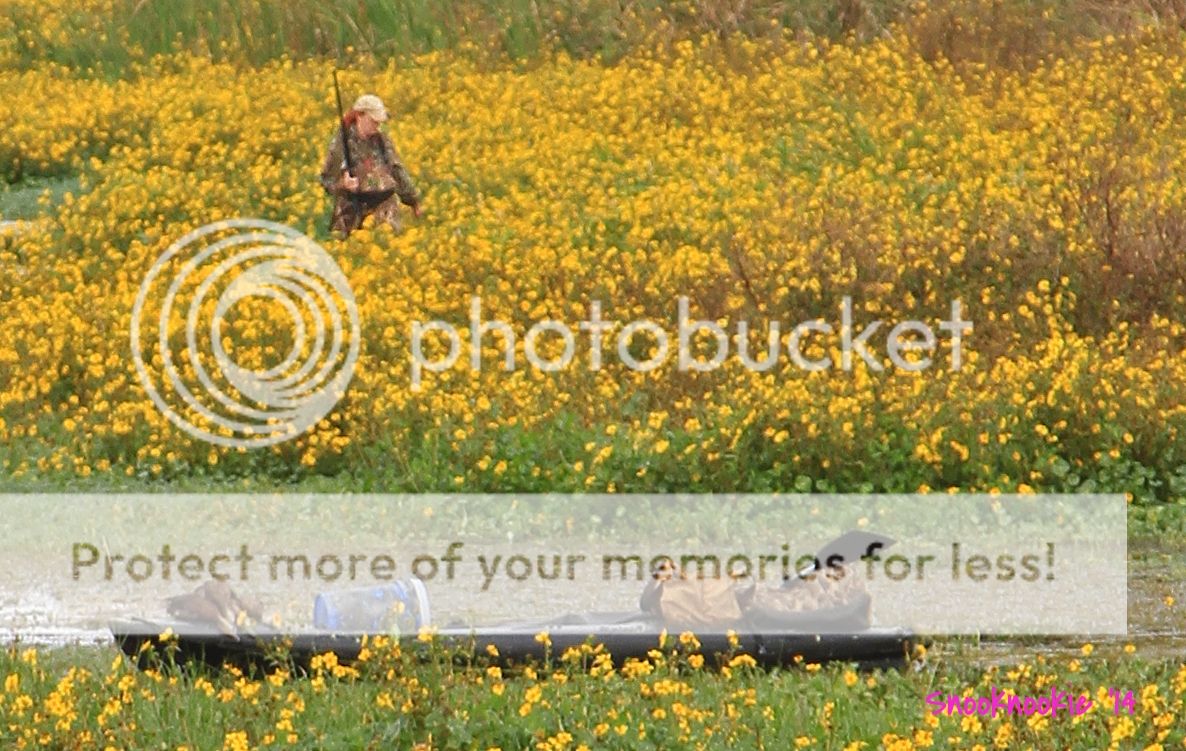Ron,
Good morning! I hunt from a 14-foot, two-person, sit-inside kayak with the front seat removed. I carry as many decoys (duck and geese) as I'd ever wish to hunt over and have (more than once) paddled in an excess of one mile to my hunting spots. I've hunted her down to -10 and with winds in excess of 40 mph. STUPID BOTH TIMES, but I'm smarter now.
I bought the cheepo yellow kayak from Dick's Sporting Goods and immediately cut the front seat out of her. I then scuffed up above the waterline, gave her a heavy coat of primer, then bedliner above the waterline, then camoed her with typical colors. I left a large yellow stripe un-camoed on the bottom. My plan is to use it for visibility if I ever need found. Luckily, I've gotten teased for my "yellow streak" far more than its been needed for rescue purposes. I'll take the kidding....
Removing the seat provides more leg room and far more storage. I can deploy and collect my decoys with ease as I store them so that I can easily reach them (or their weights) from where I'm sitting. I carry my shotgun in a floating bag between my legs laying directly on the bottom. Then, once my decoys are deployed, I can have easy access to my weapon for float shooting or when I hide my kayak and walk to a hide. Getting in and out can be an issue, but I practiced in warm weather and got used to the layers and waders restricting my ability to just jump in and out. I also ALWAYS carry a dry bag with a change of clothes, and extra jacket and a road flare (To start an easy fire).
Shooting from my cheepo kayak is easy and I often just paddle the sloughs jump shooting birds. IF birds are present, unlike last year here, it is an successful venture and easily done.
My best suggestion, once you decide on a kayak of your own, is to invest in some HT Polar Mittens in a size larger than you'd typically wear. In fact, order two pairs. These gloves are impressive, easy to get on and off with wet skin, warm, and 'grippy' even when covered in ice.


